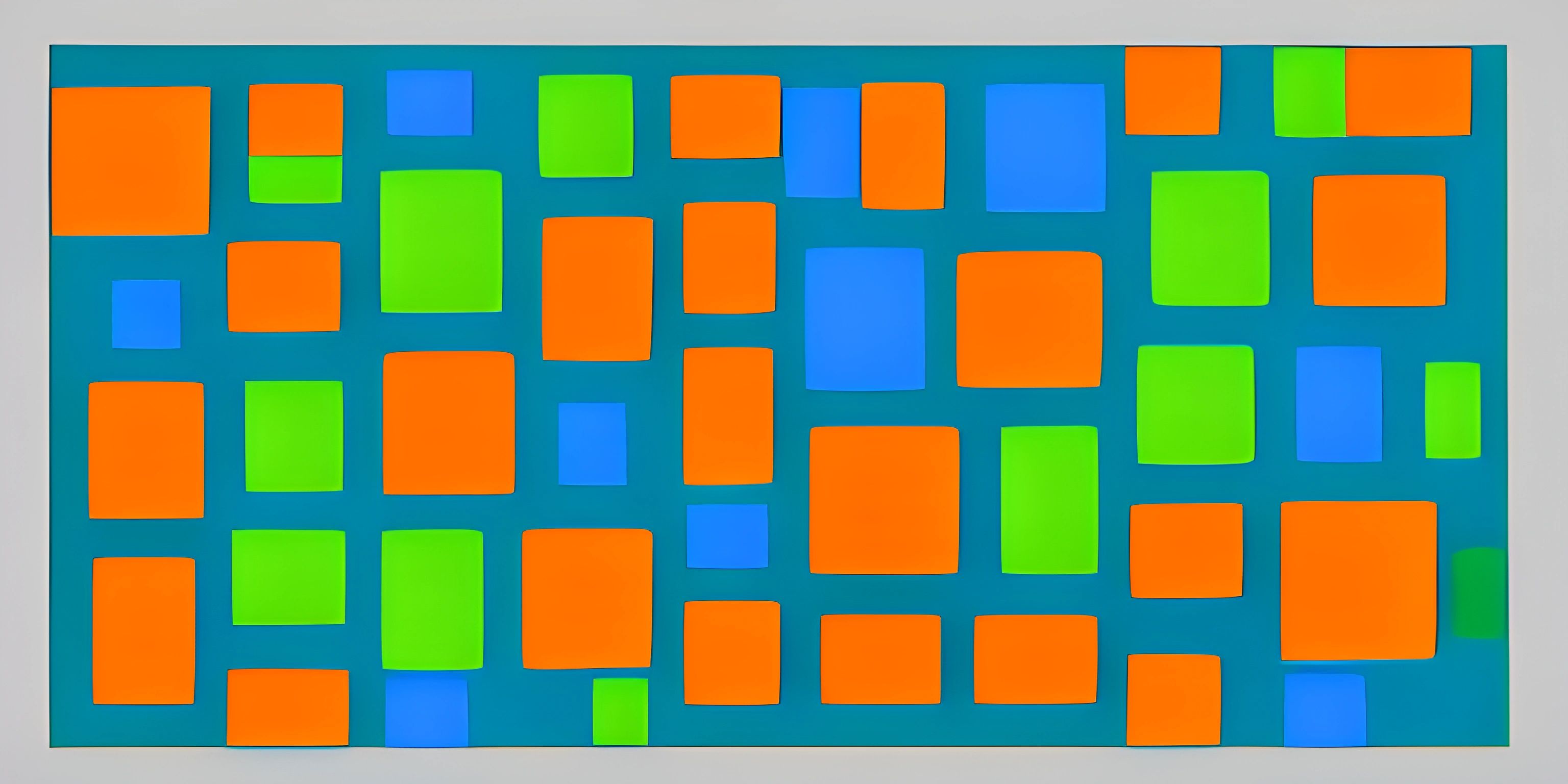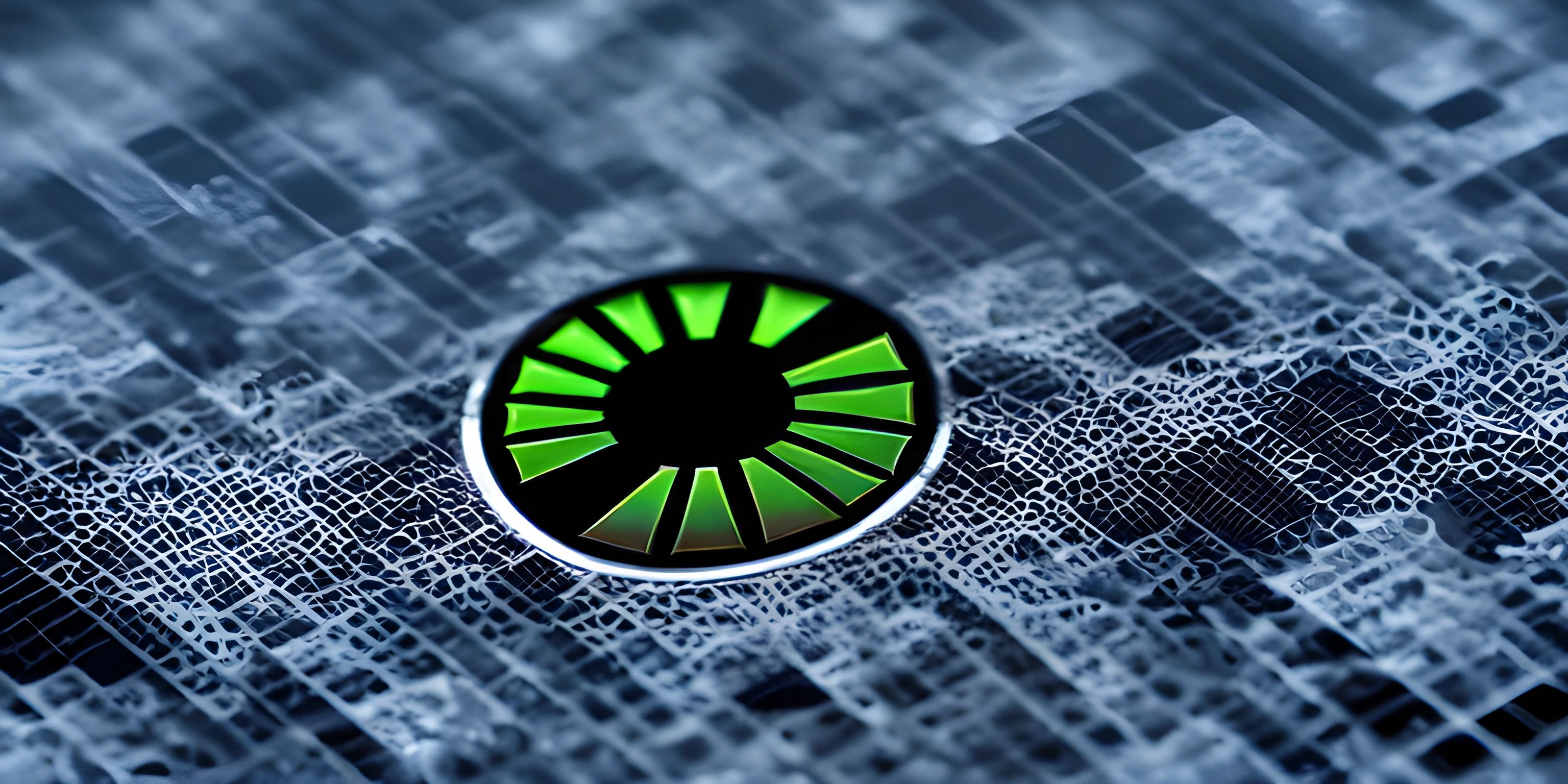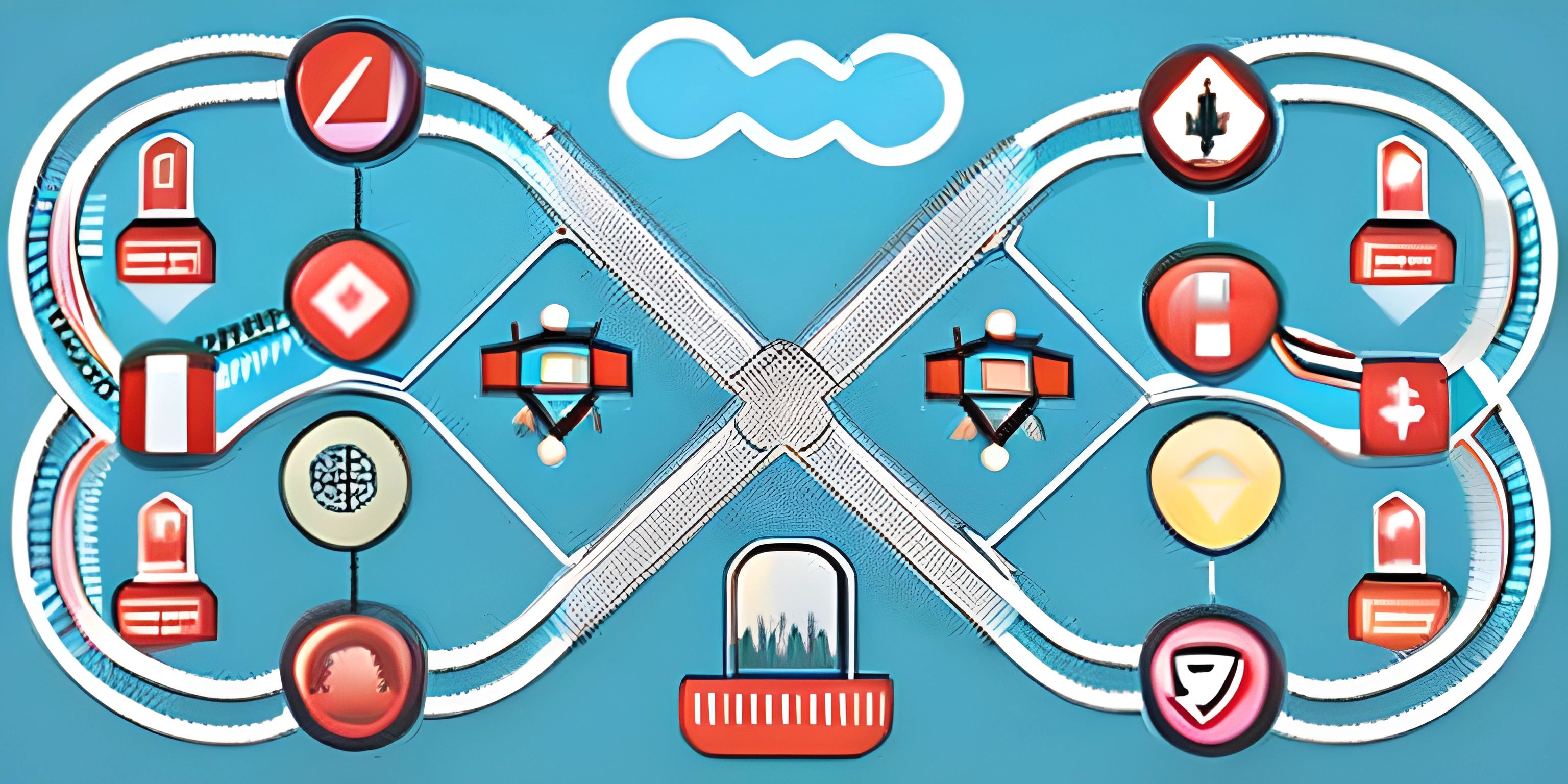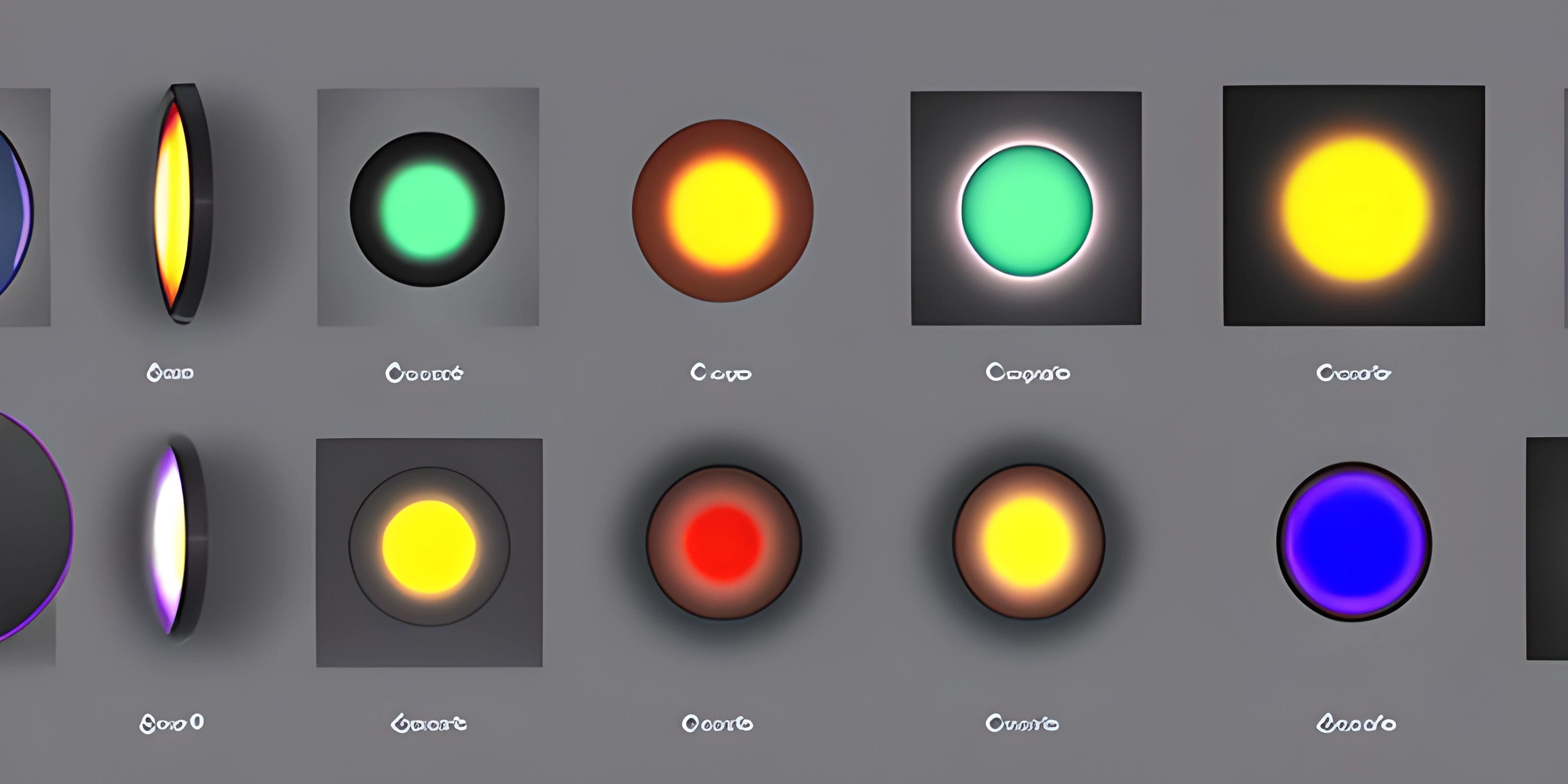Front End Development

Note: this page has been created with the use of AI. Please take caution, and note that the content of this page does not necessarily reflect the opinion of Cratecode.
Front-end development is like the fun, creative cousin of programming. It's all about making the website you're building not only functional but also visually appealing and user-friendly. You know that fancy parallax effect on your favorite website or that smooth drop-down menu? Yeah, that's the magic of front-end development.
What is Front-End Development?
Front-end development, also known as client-side development, is the practice of creating the user interface (UI) and user experience (UX) of a website or web application. It involves designing and implementing the parts of a website that users see, interact with, and enjoy.
The front-end developer is responsible for everything you see and interact with on a website, from buttons and forms to animations and transitions. They're like the architects and interior designers of the digital world, with the added challenge of making things look great on all devices, browsers, and screen sizes.
The Holy Trinity: HTML, CSS, and JavaScript
To bring a website to life, front-end developers wield three powerful tools: HTML, CSS, and JavaScript. Each tool has its own role, but they work together to create the magic you see on your screen.
HTML
HTML (HyperText Markup Language) is like the blueprint of a website. It defines the structure and layout of a webpage, such as headings, paragraphs, lists, images, and links. HTML uses a system of tags to organize content into semantic elements, making it easy for both humans and machines to understand the structure of the page.
Here's a simple example of HTML in action:
<!DOCTYPE html>
<html>
<head>
<title>My First Webpage</title>
</head>
<body>
<h1>Hello, World!</h1>
<p>Welcome to my first webpage.</p>
</body>
</html>CSS
CSS (Cascading Style Sheets) is the artist's palette of front-end development. It controls the presentation and styling of a webpage, including colors, fonts, and layout. With CSS, developers can transform a plain-looking HTML document into a stunning visual experience that delights users.
Here's a simple example of CSS being applied to the HTML example above:
body {
font-family: "Arial", sans-serif;
background-color: #f0f0f0;
}
h1 {
color: #333;
font-size: 24px;
}
p {
color: #666;
font-size: 14px;
}JavaScript
JavaScript is the secret sauce that makes websites interactive and dynamic. It's a powerful scripting language that enables developers to create and manipulate web page elements in response to user events, like clicks or keypresses. With JavaScript, developers can create animations, handle form submissions, and fetch data from APIs to create dynamic content.
Here's a simple example of JavaScript adding interactivity to the HTML example:
<!DOCTYPE html>
<html>
<head>
<title>My Interactive Webpage</title>
<style>
/* Add your CSS styles here */
</style>
<script>
function showAlert() {
alert("Hello, World!");
}
</script>
</head>
<body>
<h1>Hello, World!</h1>
<p>Welcome to my interactive webpage.</p>
<button onclick="showAlert()">Click Me</button>
</body>
</html>Why Front-End Development Matters
Front-end development is essential for creating engaging and usable websites. It plays a significant role in user satisfaction, which ultimately affects conversion rates, customer retention, and brand image. A well-designed, responsive, and interactive website can make users feel welcome and comfortable, encouraging them to explore more and stay longer.
Moreover, front-end development ensures that websites are accessible to all users, regardless of their devices, browsers, or abilities. It helps create a more inclusive and diverse digital landscape, where everyone can access information and services with ease.
In short, front-end development is the key to creating delightful, user-centered experiences on the web. And as the digital world continues to grow, the demand for skilled front-end developers is only set to increase. So, if you're looking to join the ranks of these creative code wizards, there's no better time to start than now!
Hey there! Want to learn more? Cratecode is an online learning platform that lets you forge your own path. Click here to check out a lesson: Making Websites (psst, it's free!).
FAQ
What is front-end development and why is it important?
Front-end development is the process of converting web design files, like HTML, CSS, and JavaScript, into a visually appealing and interactive website. It's important because it determines how users interact with the website, directly affecting their experience and satisfaction. A well-designed front-end enhances user engagement and increases the chances of users returning to the site.
What are the core technologies used in front-end development?
The core technologies used in front-end development include:
- HTML (HyperText Markup Language): Defines the structure and layout of the website.
- CSS (Cascading Style Sheets): Controls the visual appearance and formatting of the website.
- JavaScript: Adds interactivity and dynamic content to the website.
Can you provide a simple example of front-end code using HTML, CSS, and JavaScript?
Sure! Here's a basic example:
<!DOCTYPE html>
<html>
<head>
<style>
body {
font-family: "Arial", sans-serif;
}
button {
background-color: #4CAF50;
border: none;
color: white;
padding: 10px 20px;
text-align: center;
text-decoration: none;
display: inline-block;
font-size: 16px;
margin: 4px 2px;
cursor: pointer;
}
</style>
</head>
<body>
<h1>Front End Development Example</h1>
<button onclick="alert('Hello, Cratecode!')">Click me!</button>
<script>
function showAlert() {
alert("Hello, Cratecode!");
}
</script>
</body>
</html>In this example, the HTML structure is defined, CSS is added for styling, and JavaScript is used to create an interactive button that shows an alert when clicked.
What are some popular front-end frameworks and libraries?
Some popular front-end frameworks and libraries include:
- Bootstrap: A responsive, mobile-first CSS framework.
- jQuery: A widely-used JavaScript library that simplifies DOM manipulation and event handling.
- React: A popular JavaScript library for building user interfaces, developed by Facebook.
- Angular: A comprehensive framework for building dynamic, single-page applications, developed by Google.
- Vue.js: A progressive JavaScript framework for building user interfaces.
How can I get started with front-end development?
To get started with front-end development, you'll need to learn the basics of HTML, CSS, and JavaScript. There are numerous online resources available, such as tutorials, video courses, and coding exercises. Once you have a solid understanding of the core technologies, you can explore popular front-end libraries and frameworks to further enhance your development skills. Practice by creating small projects, and gradually advance to more complex ones as you gain confidence and experience.





